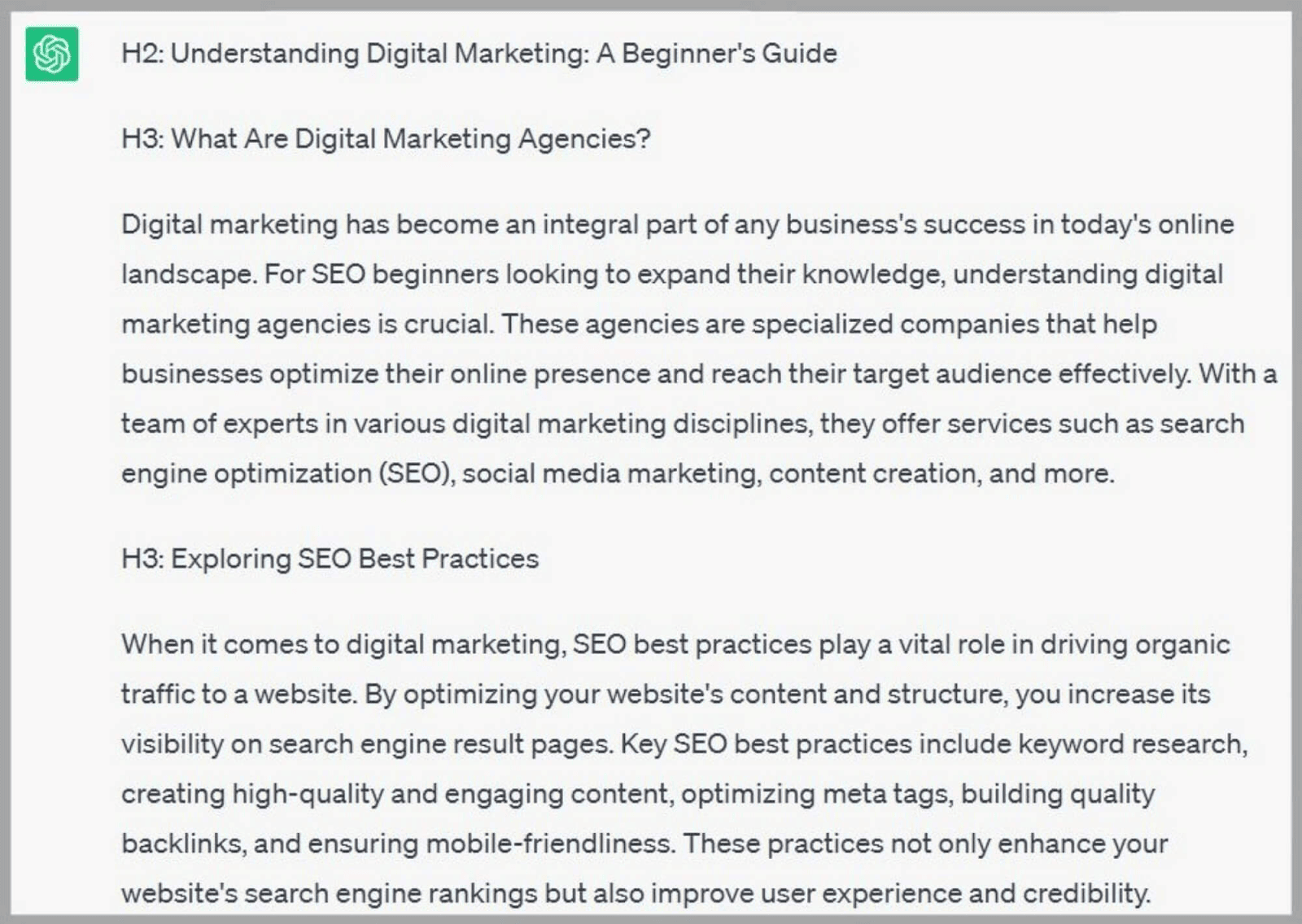Introducing the Unconventional Mediums in Google Analytics Beyond Default Settings
In the realm of electronic analytics, Google Analytics stands as a keystone for organizations seeking to recognize their online presence. By venturing past the surface and delving into the intricacies of social media data, e-mail campaign efficiency, reference web traffic resources, straight website traffic patterns, and personalized network collections, a prize trove of details awaits those ready to welcome a more nuanced strategy.

Leveraging Social Network Insights
Sometimes ignored, yet immensely useful, is the technique of leveraging social networks insights within the world of Google Analytics. By incorporating information from systems like Facebook, Twitter, Instagram, and LinkedIn right into Google Analytics, businesses can gain a much deeper understanding of their audience and the efficiency of their social media projects.
Via this integration, online marketers can analyze and track customer actions on their web site that stems from social media sites systems. They can identify which social media sites channels are driving the most traffic, which web content is resonating with the target market, and which campaigns are converting one of the most leads. This insight enables for data-driven choices to maximize social networks techniques and enhance total marketing performance.
Furthermore, by combining social media sites insights with Google Analytics, organizations can develop much more targeted and customized campaigns - what is not considered a default medium in google analytics. They can utilize group information, rate of interests, and on the internet actions gathered from social networks to fine-tune their audience segmentation and deliver customized messages that reverberate with details customer groups. This targeted approach can result in greater involvement, raised conversions, and ultimately, boosted roi
Revealing Email Project Efficiency
Discovering Email Campaign Efficiency involves evaluating vital metrics and performance indicators to examine the efficiency of email advertising and marketing initiatives. When diving right into email campaign performance, it is critical to examine metrics such as open rates, click-through prices, conversion rates, and unsubscribe rates. Open up rates indicate the percentage of receivers who opened up the e-mail, offering insight into the performance of subject lines and sender names. Click-through rates determine the percentage of receivers who clicked links within the e-mail, revealing involvement levels. Conversion prices track the portion of recipients who completed a preferred activity after clicking on a link in the email, such as buying or authorizing up for a newsletter. Unsubscribe rates highlight the number of recipients who decided out of receiving more e-mails, shedding light on e-mail material high quality and significance. By examining these metrics, online marketers can adjust their e-mail campaigns for better engagement and performance.
Studying Referral Website Traffic Sources
After reviewing the efficiency of e-mail projects through essential metrics such as open prices and conversion prices, the next important action is evaluating reference website traffic resources in Google Analytics to recognize where site site visitors are coming from and exactly how they engage with the site. Referral traffic resources describe the sites that direct customers to your website through clickable links. By diving right into this data, companies can gain insights into which exterior platforms are driving traffic to their site, whether it be social networks systems, companion internet sites, or on the internet directory sites.
Examining recommendation website traffic can give important details on the effectiveness of exterior advertising and marketing initiatives and partnerships. It assists organizations identify high-performing recommendation sources that add significantly to internet site web traffic and conversions. By understanding the actions of visitors coming from various reference sources, businesses can customize their advertising methods to maximize interaction and conversions. Google Analytics uses thorough records on recommendation website traffic, enabling organizations to track the performance of each reference resource accurately and make data-driven choices to enhance their on-line presence.
Checking Out Straight Traffic Patterns
Checking out the direct traffic patterns in Google Analytics gives important insights into customer habits and the efficiency of campaigns - what is not considered a default medium his response in google analytics. Straight traffic describes site visitors who arrive on an internet site by directly keying the URL into their internet browser, using bookmarks, or clicking on untagged web links. Understanding straight traffic patterns can assist online marketers assess the influence of offline advertising efforts, brand acknowledgment, and the effectiveness of word-of-mouth referrals
By diving right into straight web traffic information, businesses can uncover essential details regarding user intent and brand name commitment. Examining the actions of direct visitors, such as the pages they check out, the time spent on website, and the conversion price, can supply a deeper understanding of individual engagement and the general performance of the site in converting visitors into clients.
Moreover, tracking direct website traffic patterns in time permits businesses to recognize patterns, seasonality results, and the success of certain campaigns or promos in driving straight brows through. This information can then be made use of to improve advertising and marketing techniques, enhance internet site content, and improve the overall user experience to make the most of conversions.
Making Use Of Customized Network Groupings
Using custom-made network collections in Google Analytics enables organizations to classify and examine their internet site web traffic based upon certain criteria, supplying useful insights for optimizing advertising and marketing methods. Custom-made channel groupings enable business to create their very own personalized collections of traffic sources, such as social networks, organic search, email projects, and recommendation traffic. By specifying these collections, businesses can acquire a deeper understanding of exactly how different advertising networks add to their site web traffic and conversions.
This function is especially helpful for organizations with diverse marketing techniques across numerous systems. A company running both paid and natural social media projects can set apart in between the two to examine their individual performance accurately. Additionally, personalized network collections can assist determine any kind of neglected or taken too lightly traffic sources that may be driving beneficial involvement.
Verdict

By venturing beyond the surface area and delving right into the intricacies of social media information, e-mail campaign performance, reference website traffic resources, straight traffic patterns, and customized channel groupings, a prize chest of details waits for those willing to accept a more nuanced approach. They can determine which social media networks are driving the most traffic, which content is resonating with the target market, and this post which projects are converting the most leads.After reviewing the performance of e-mail campaigns via vital metrics such as open prices and conversion rates, the following vital action is evaluating reference traffic resources in Google Analytics to understand where website visitors are coming from and exactly how they connect with the website. Custom channel collections enable companies to produce their own personalized collections of traffic sources, such as social media, organic search, email click over here now campaigns, and recommendation traffic. By leveraging social media understandings, revealing e-mail project efficiency, examining recommendation website traffic resources, exploring direct web traffic patterns, and using custom-made channel groups, marketing experts can get valuable insights right into their online presence.
Comments on “Insights into What Is Not Considered a Default Medium in Google Analytics”